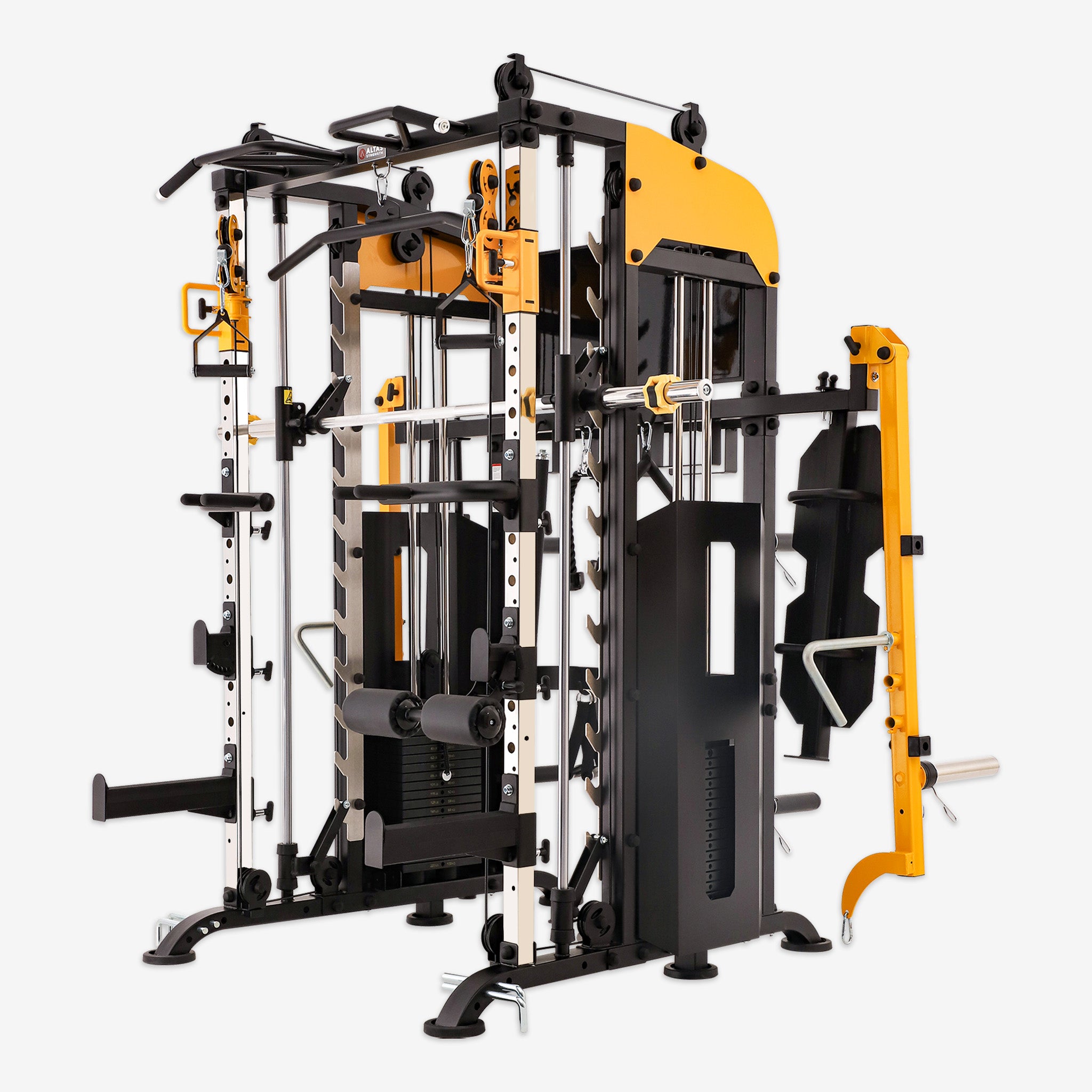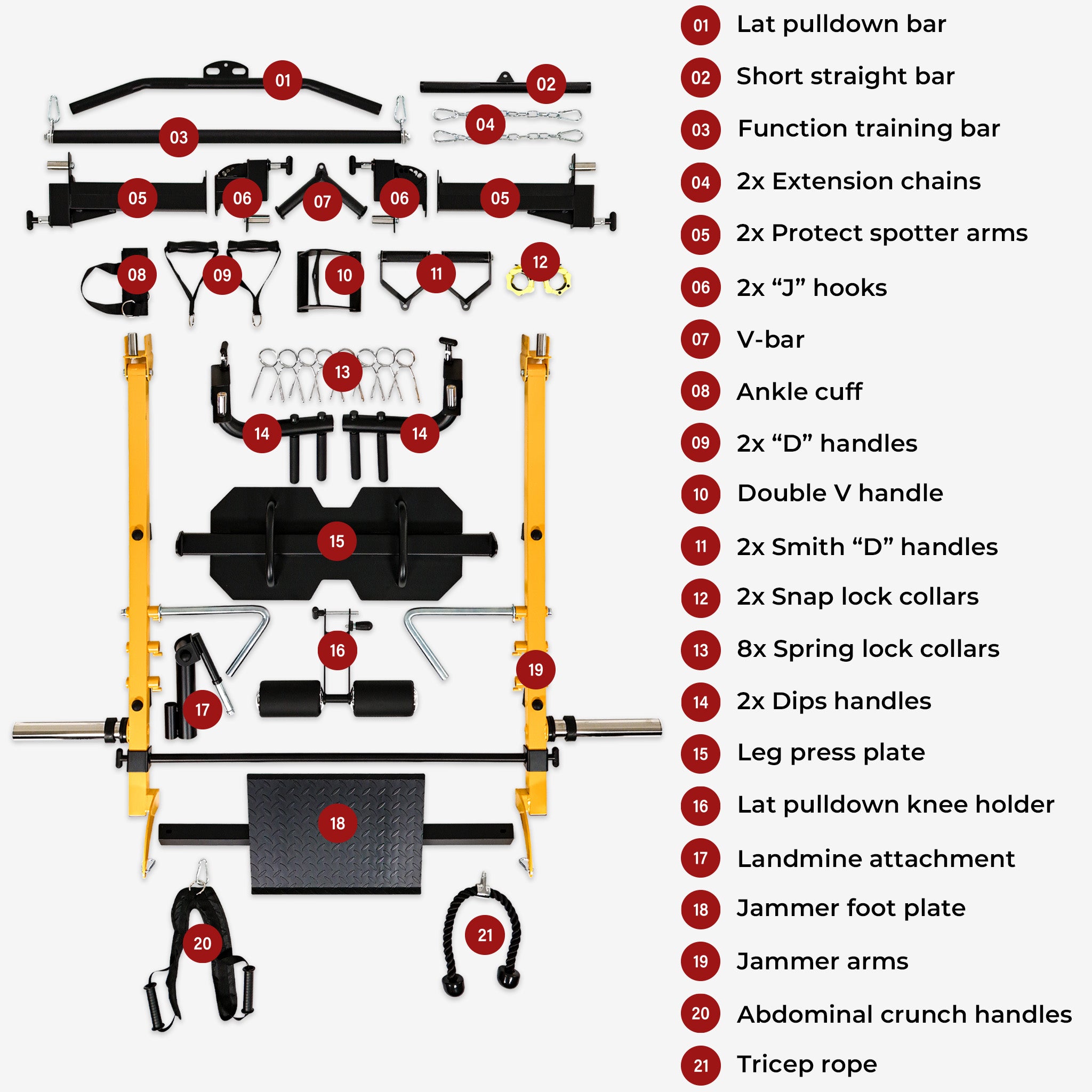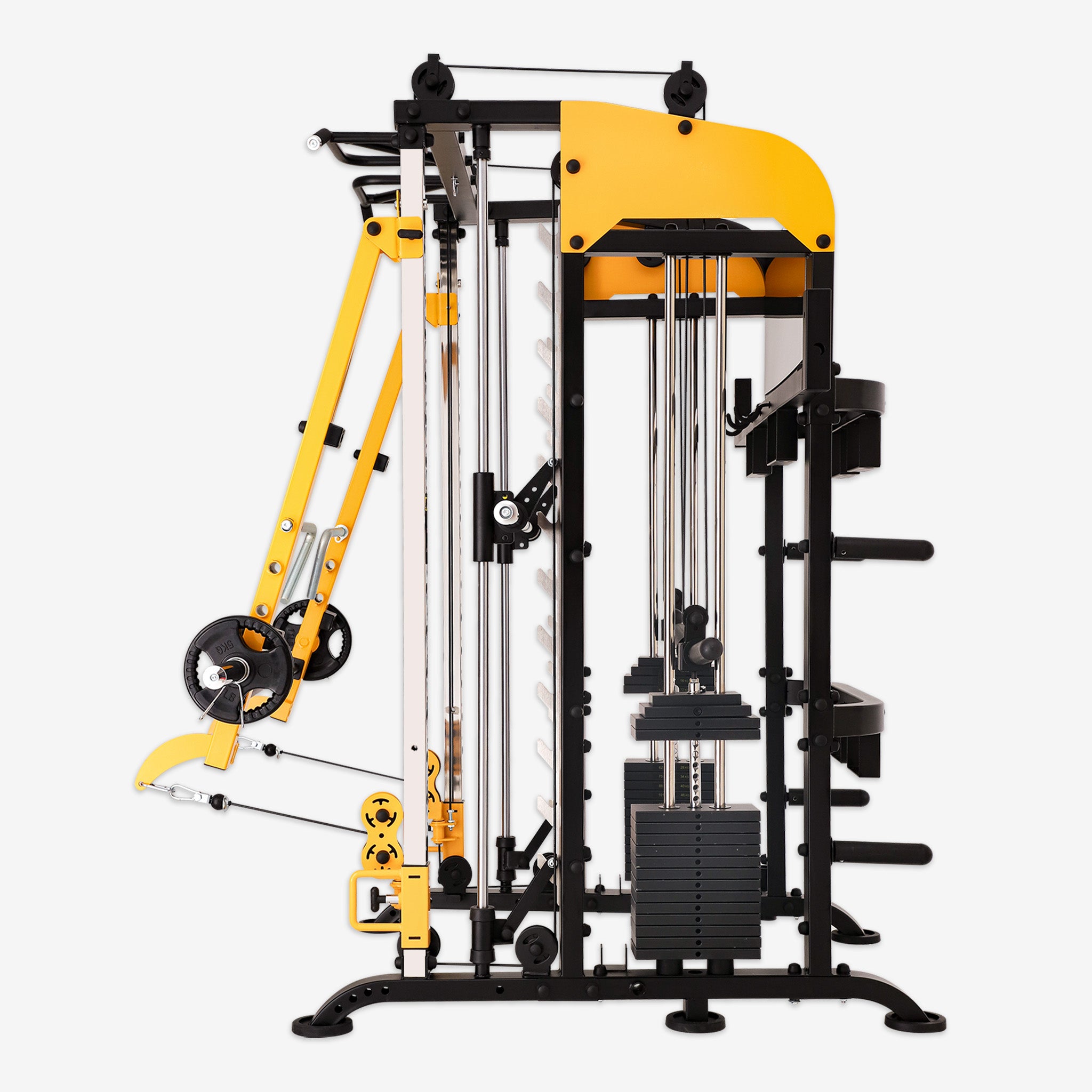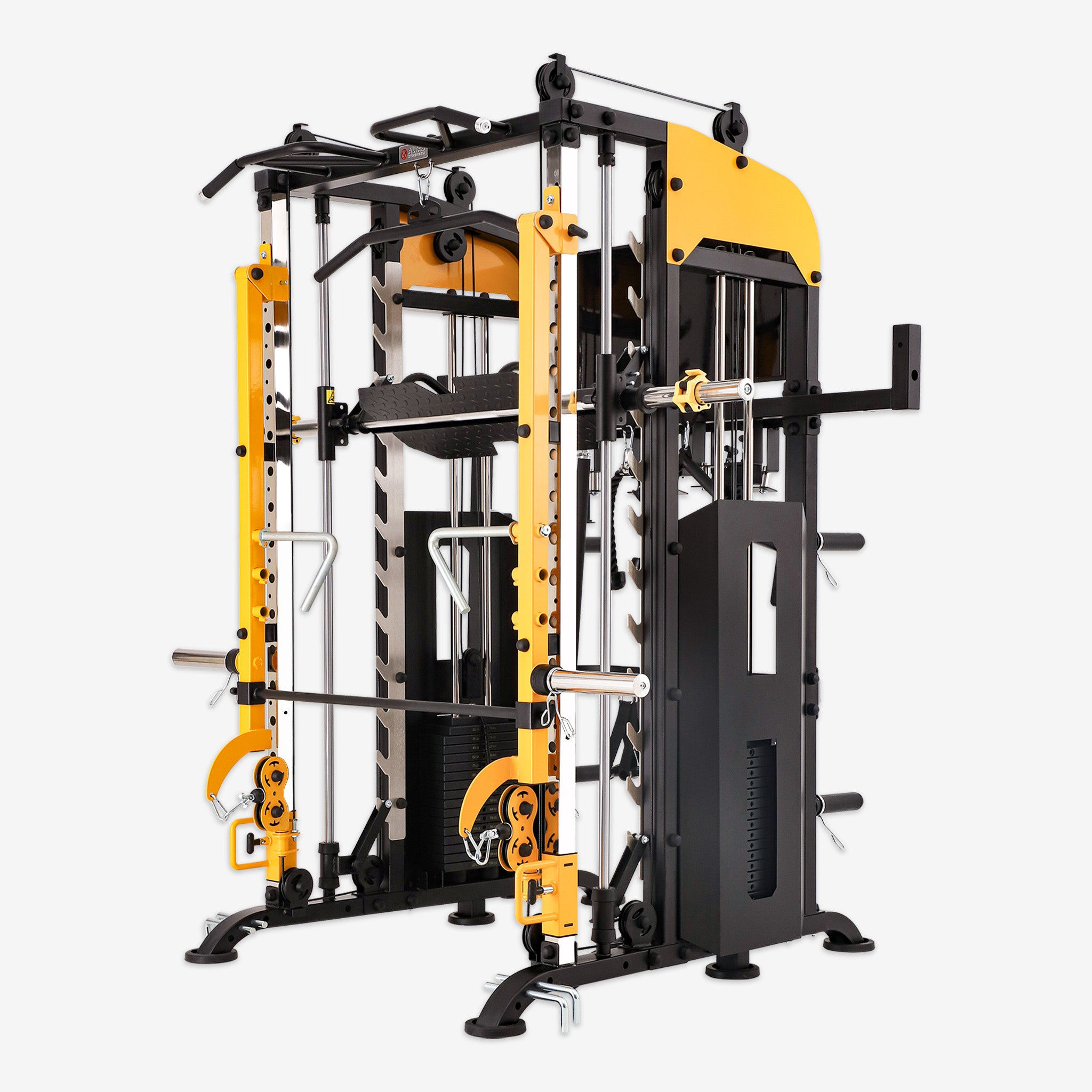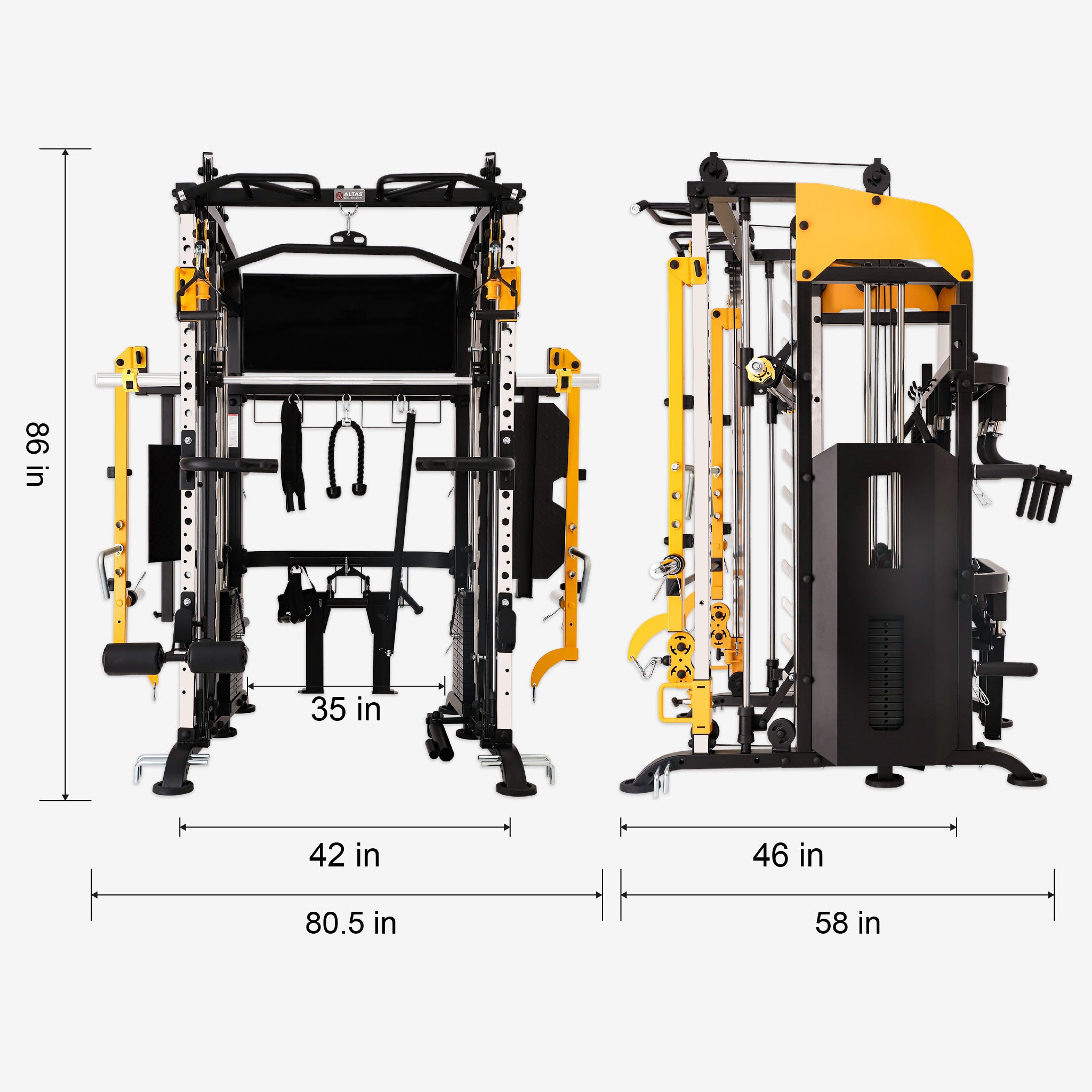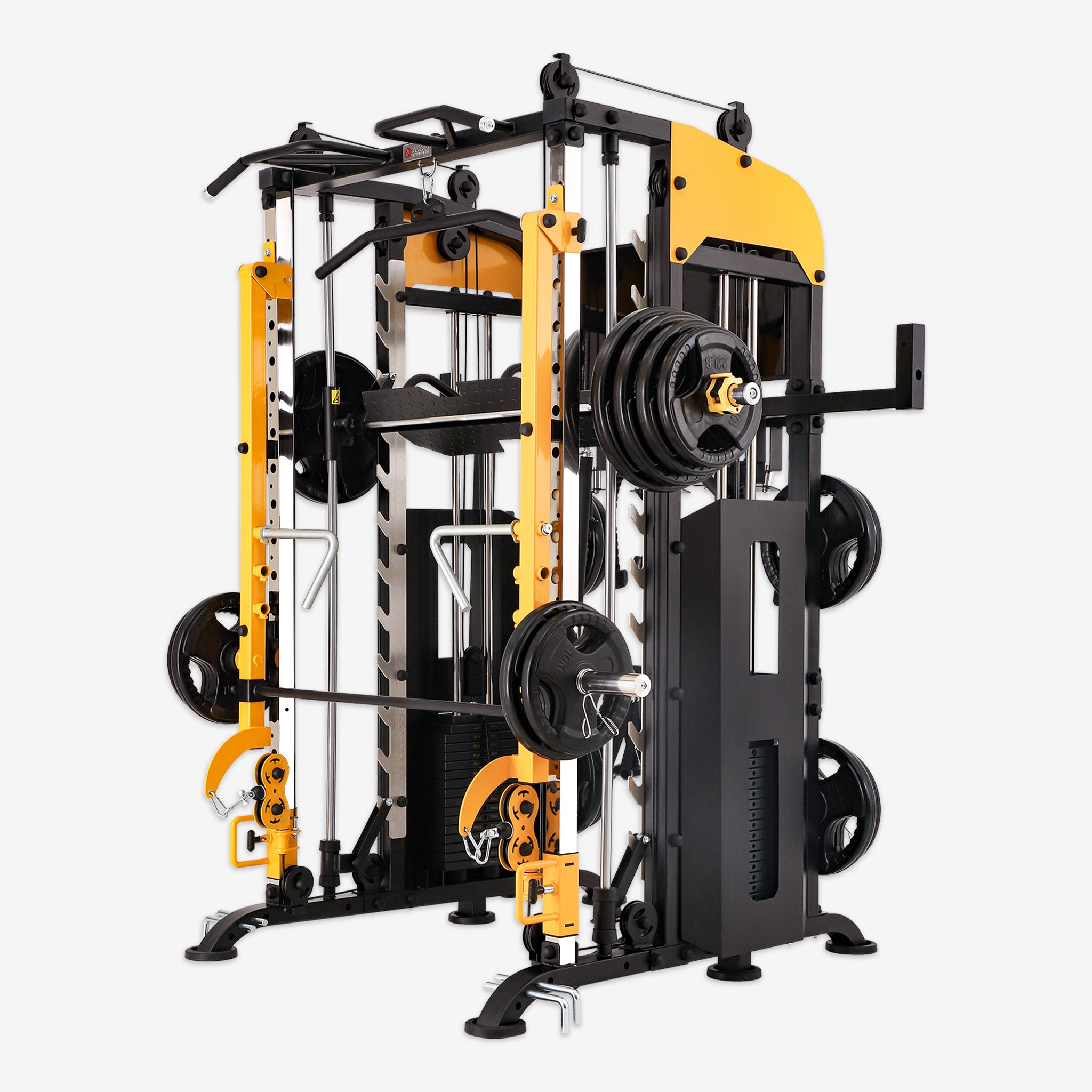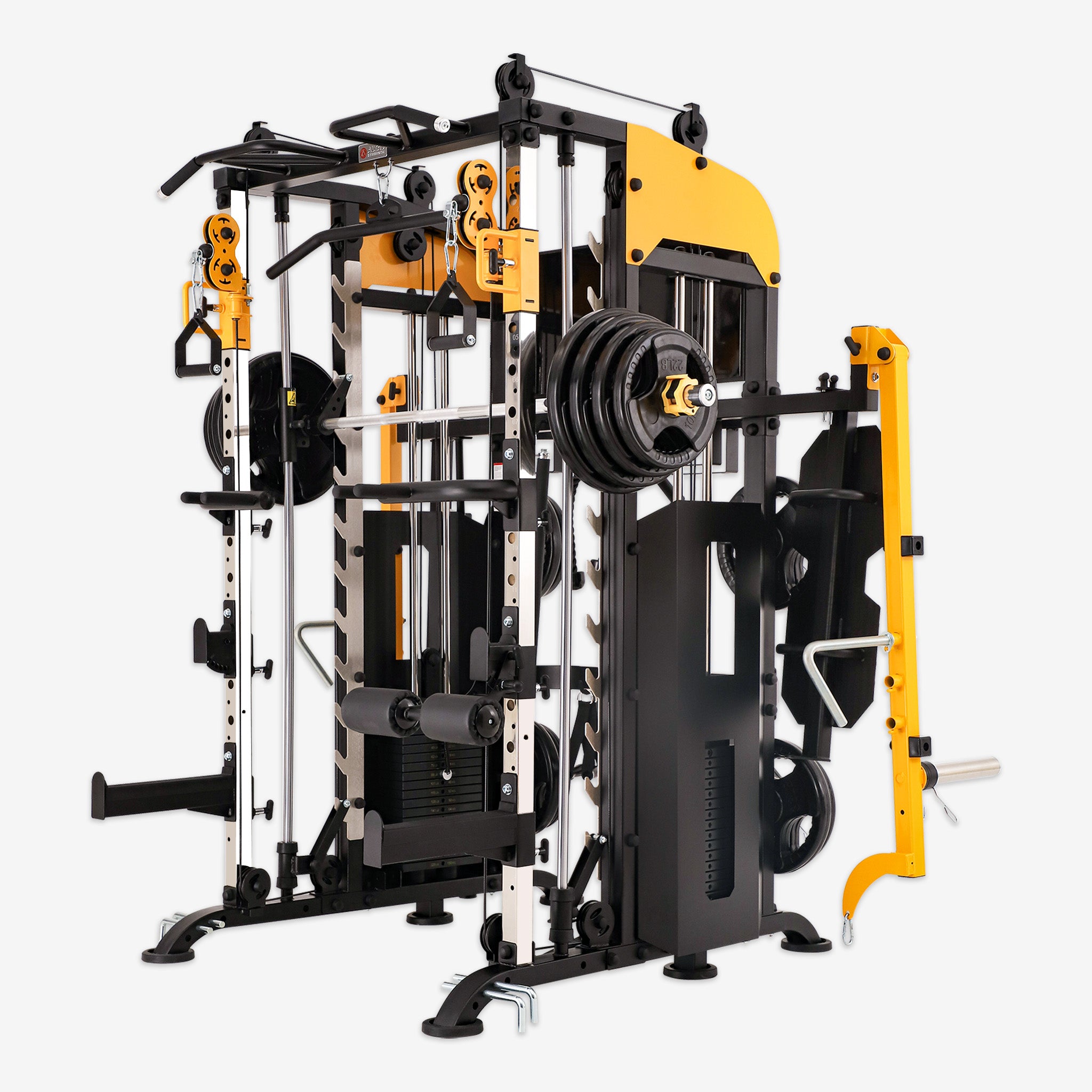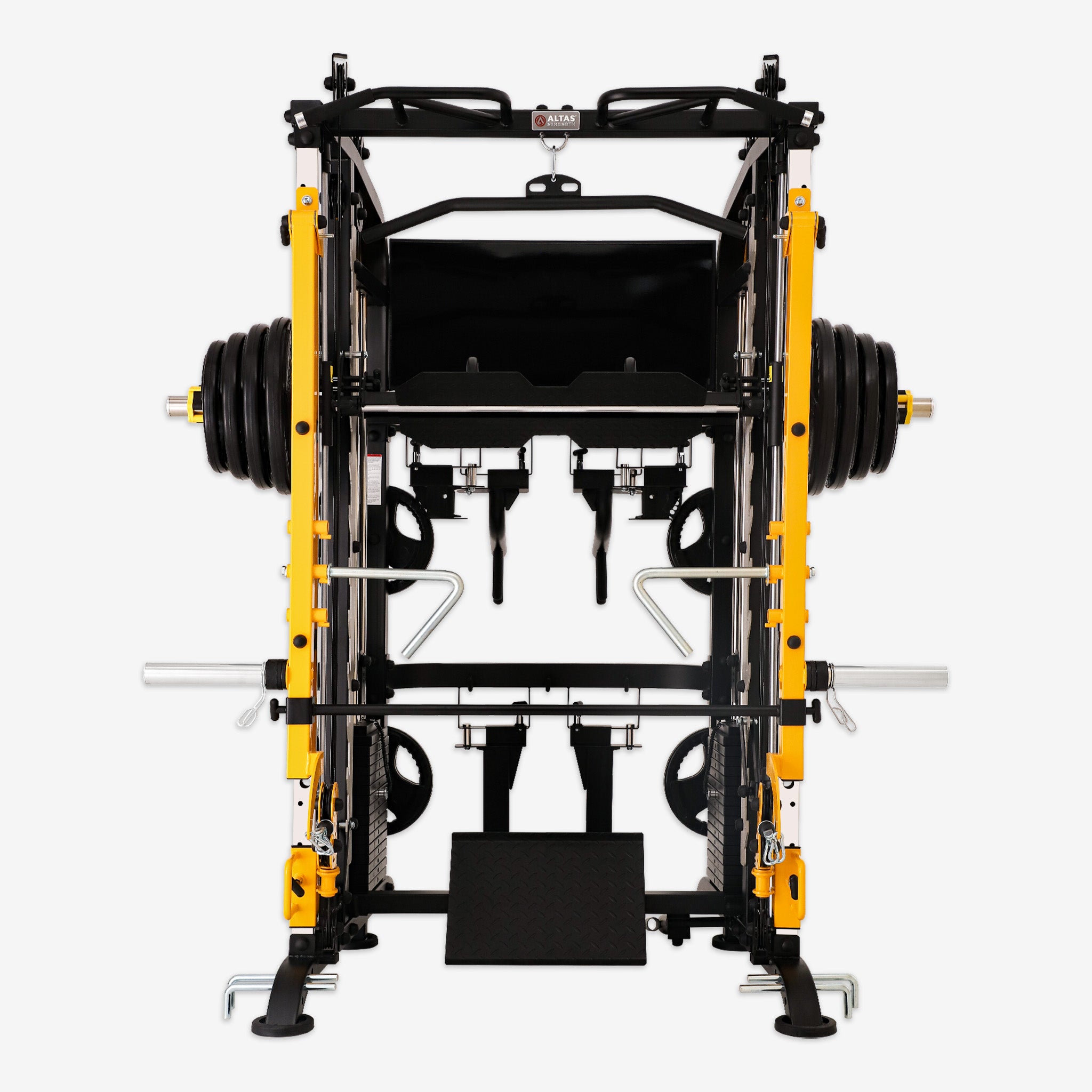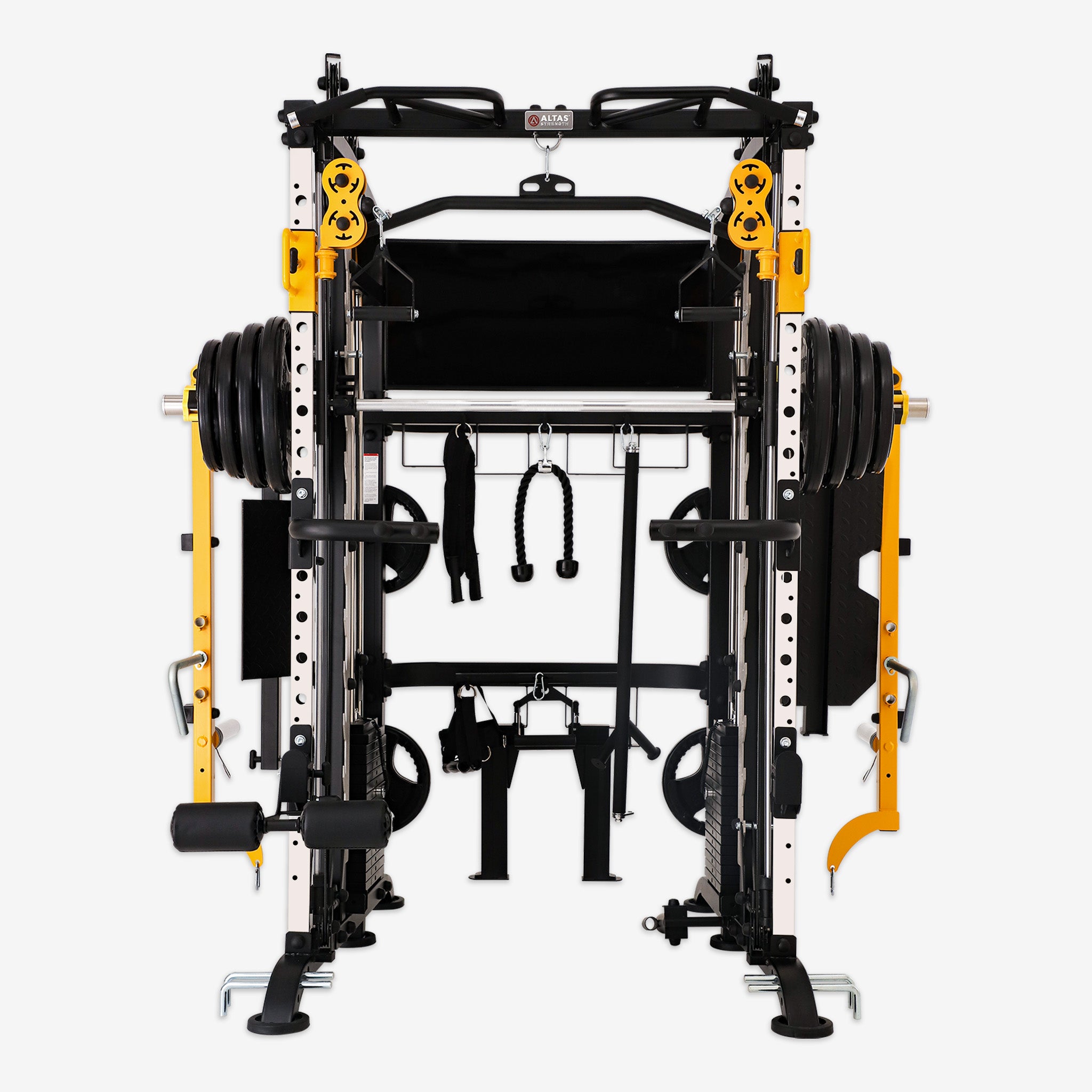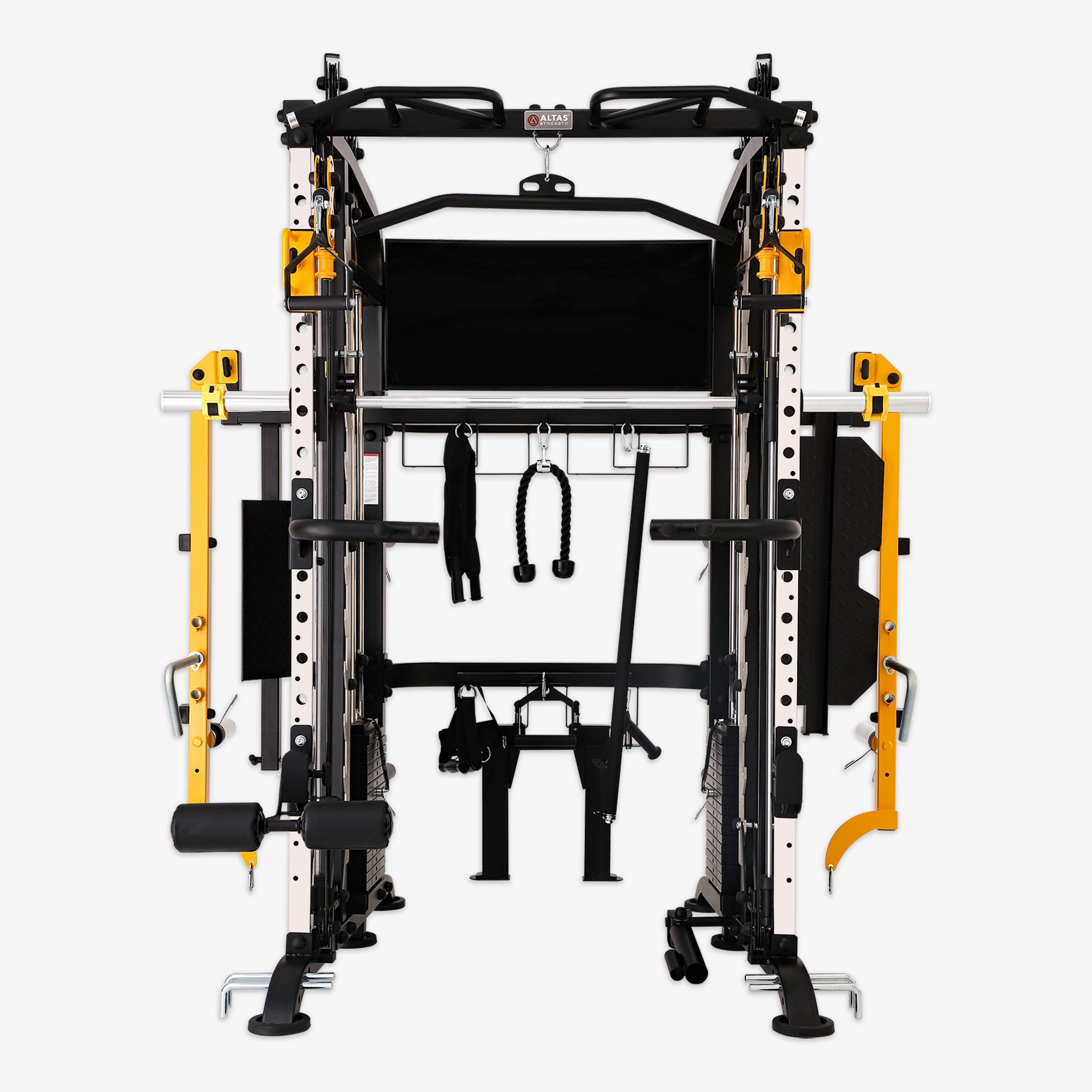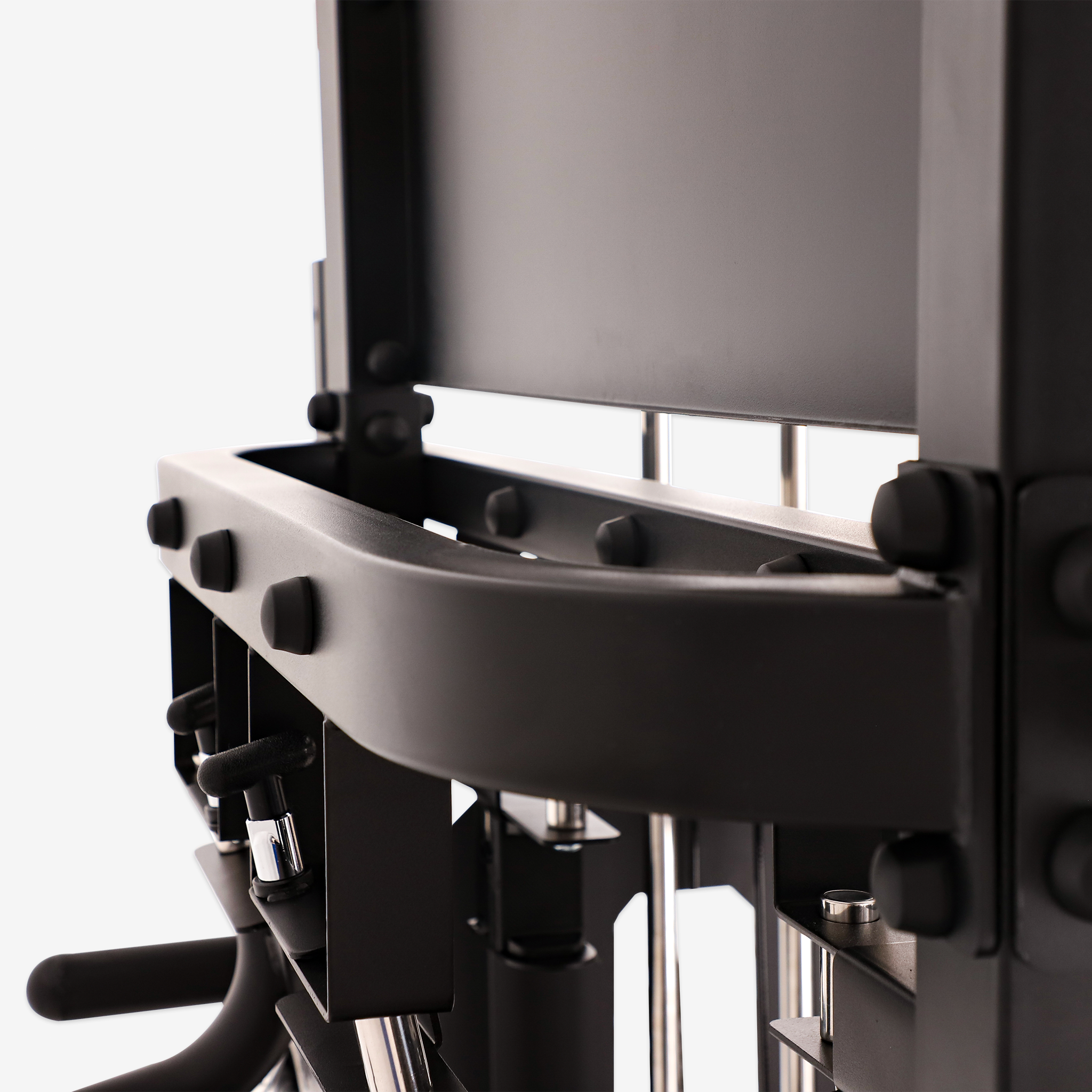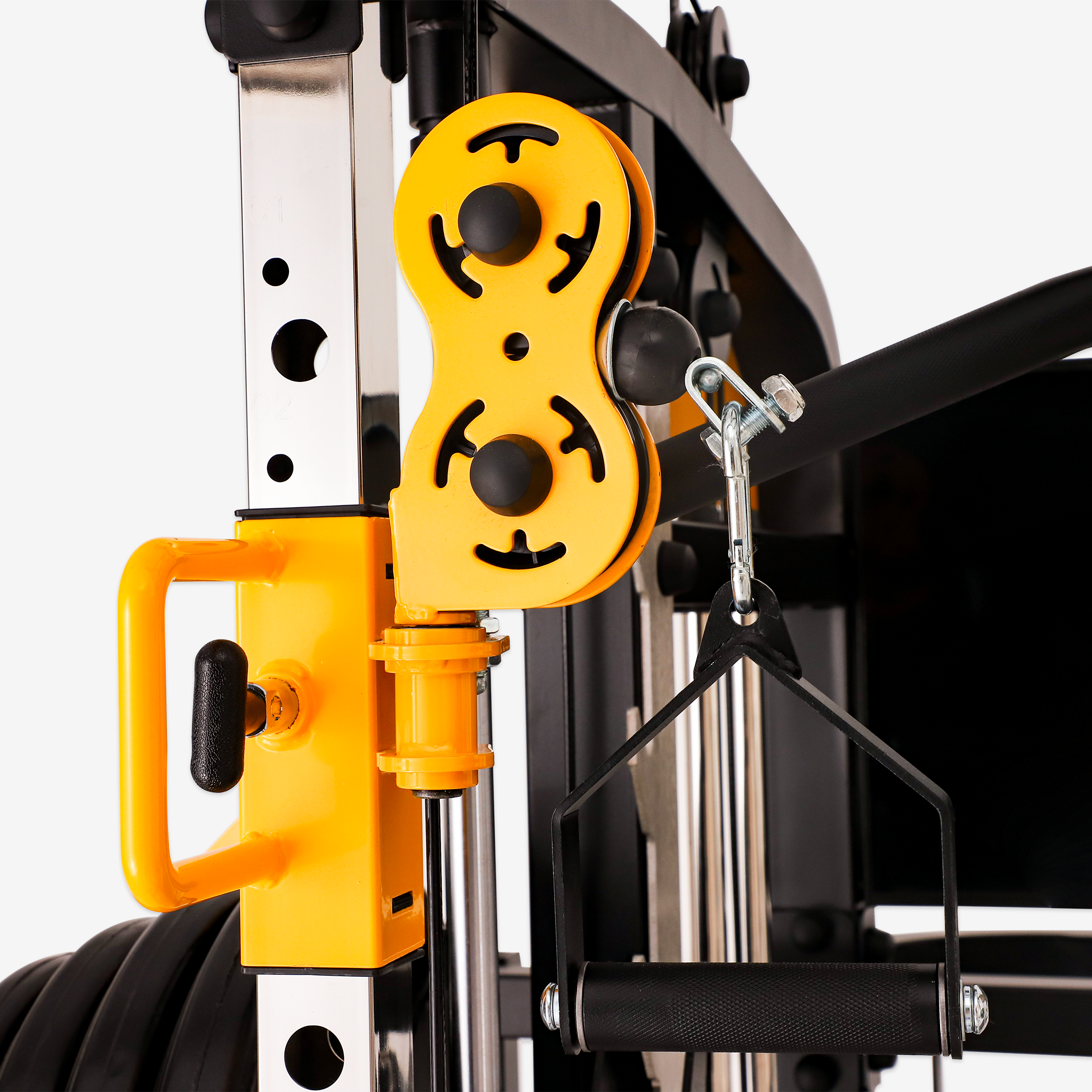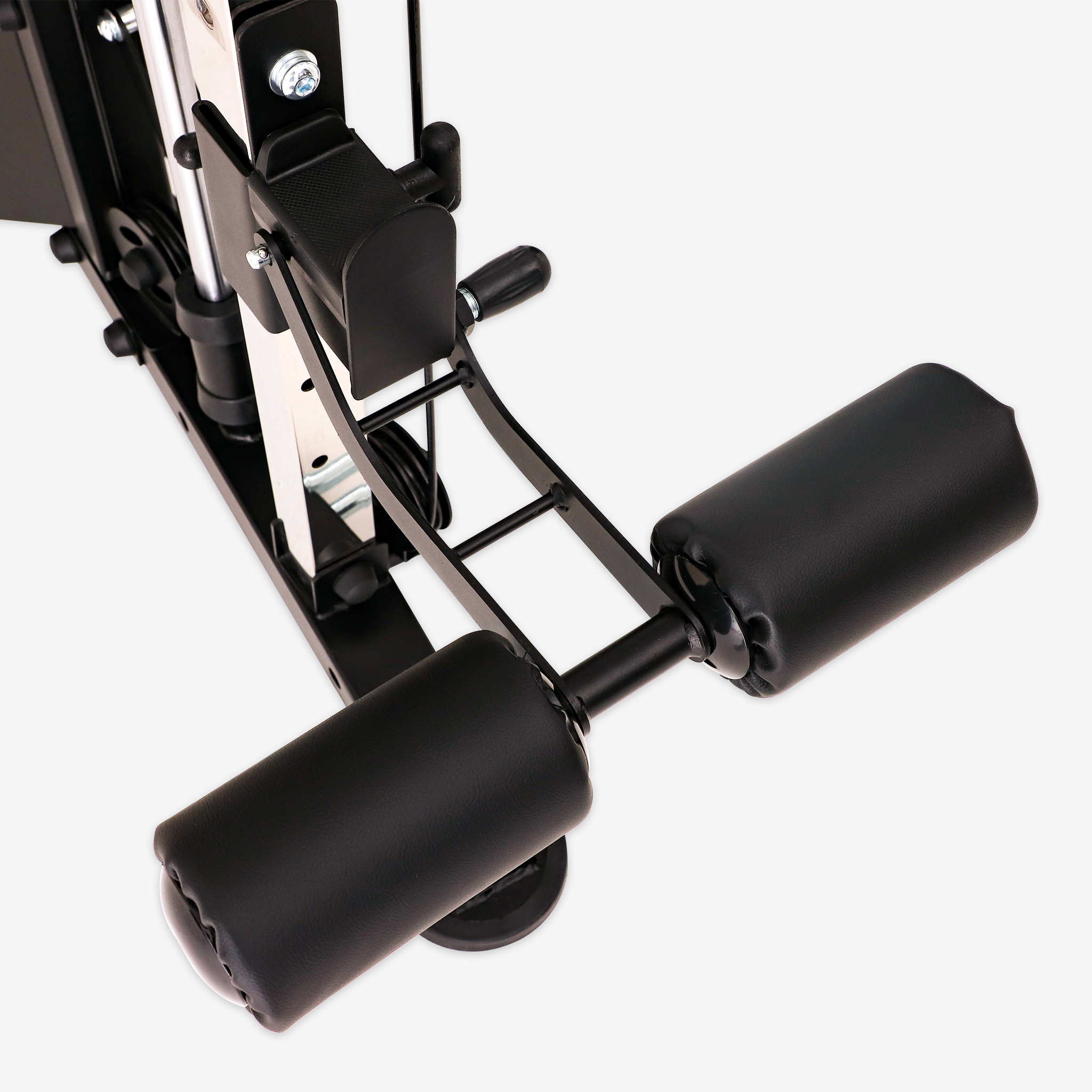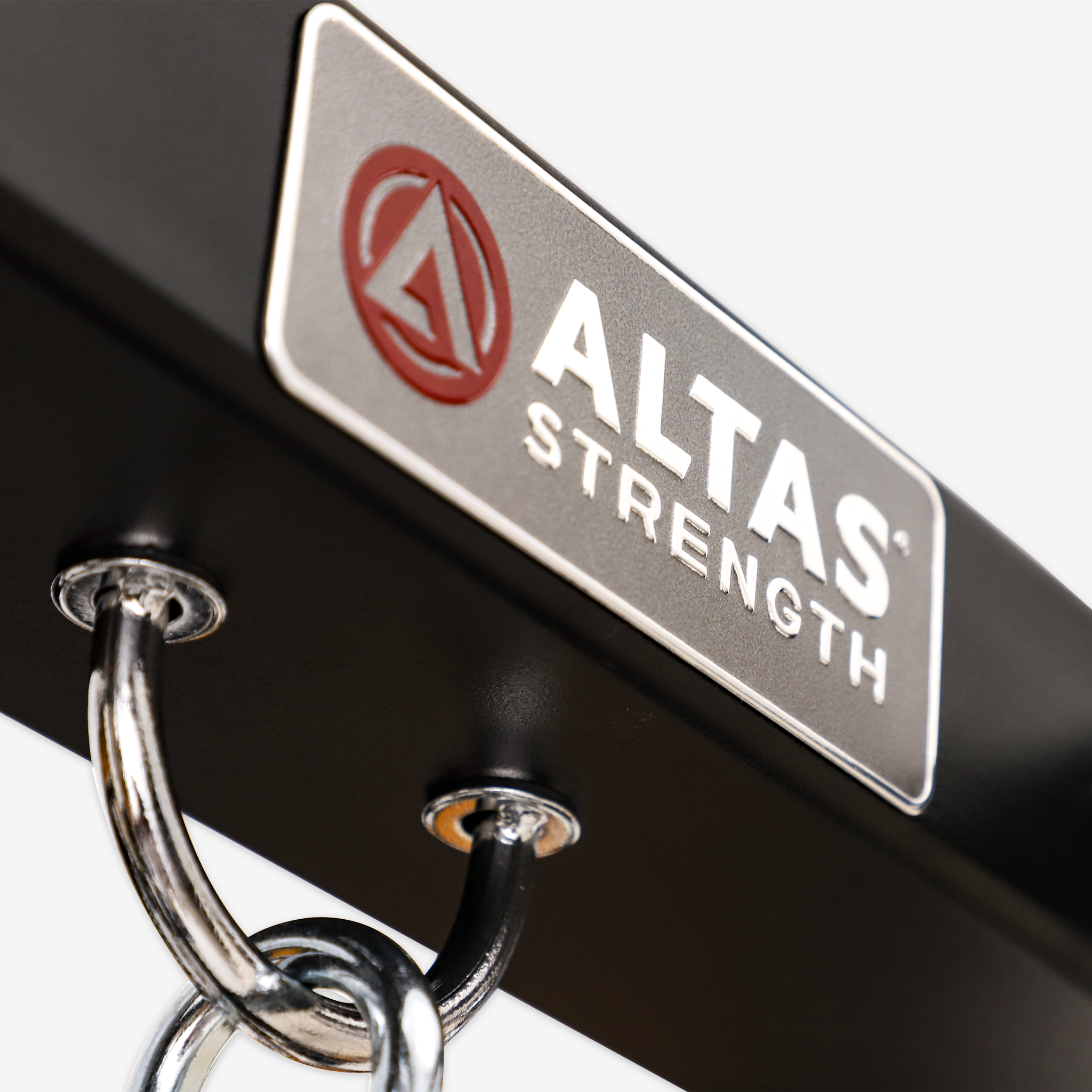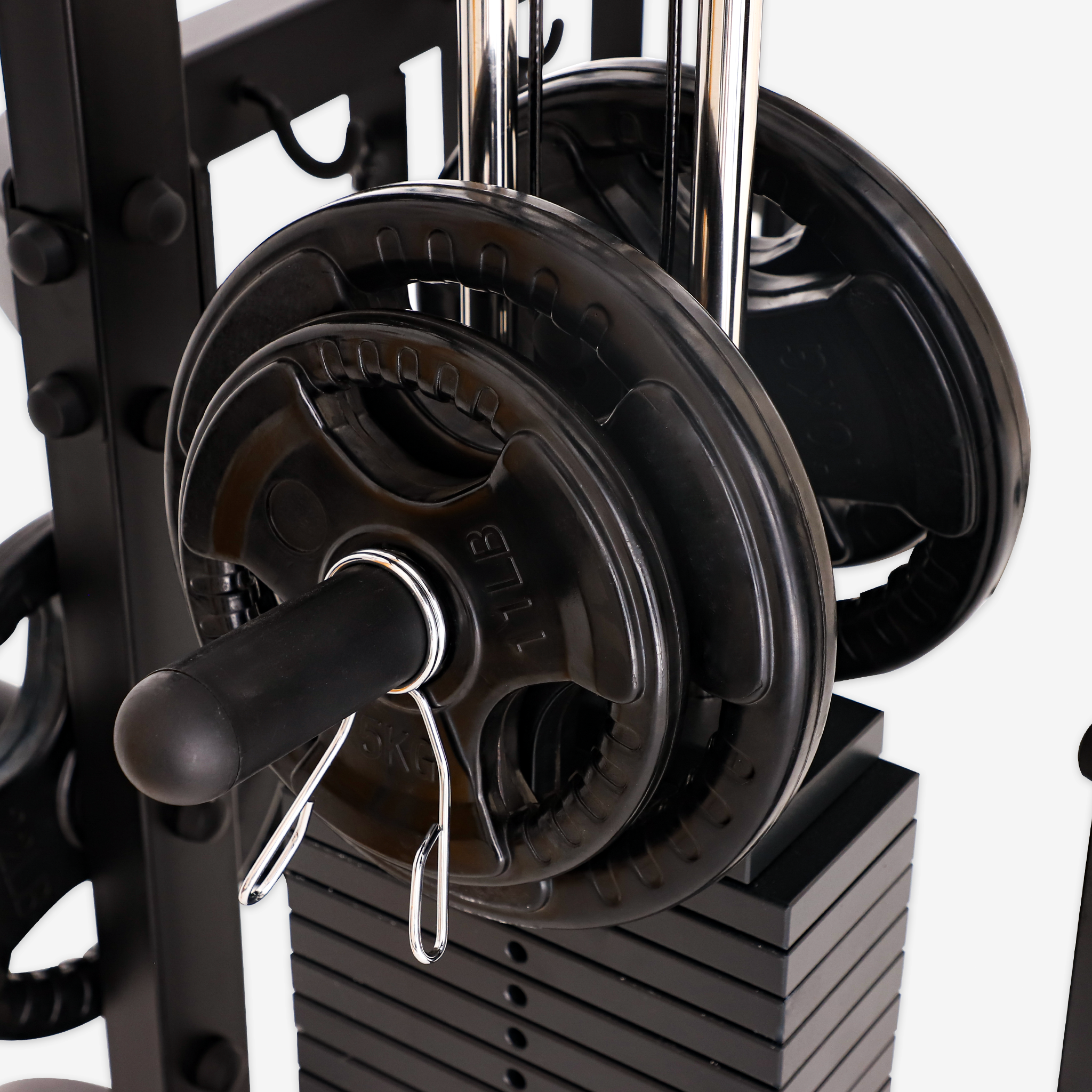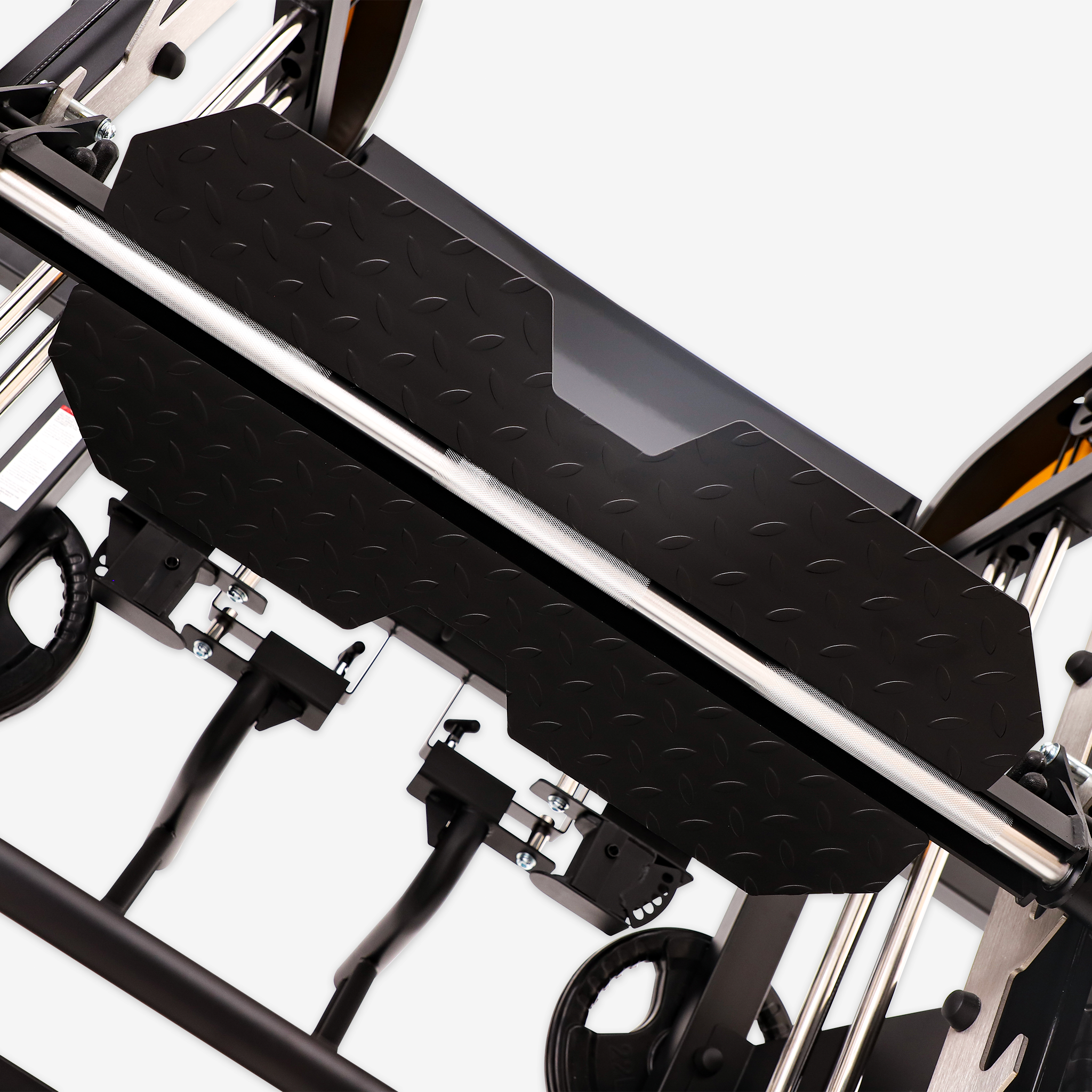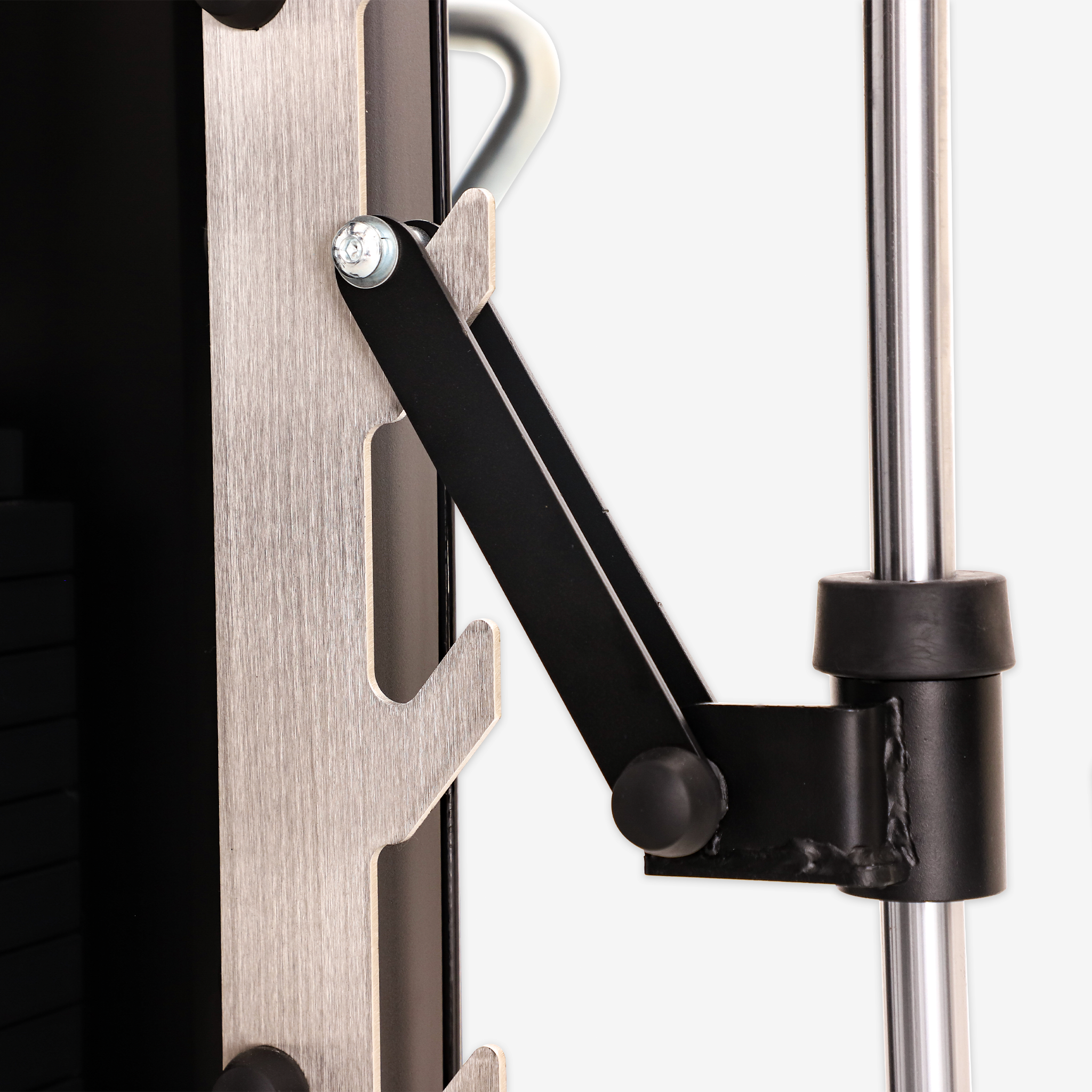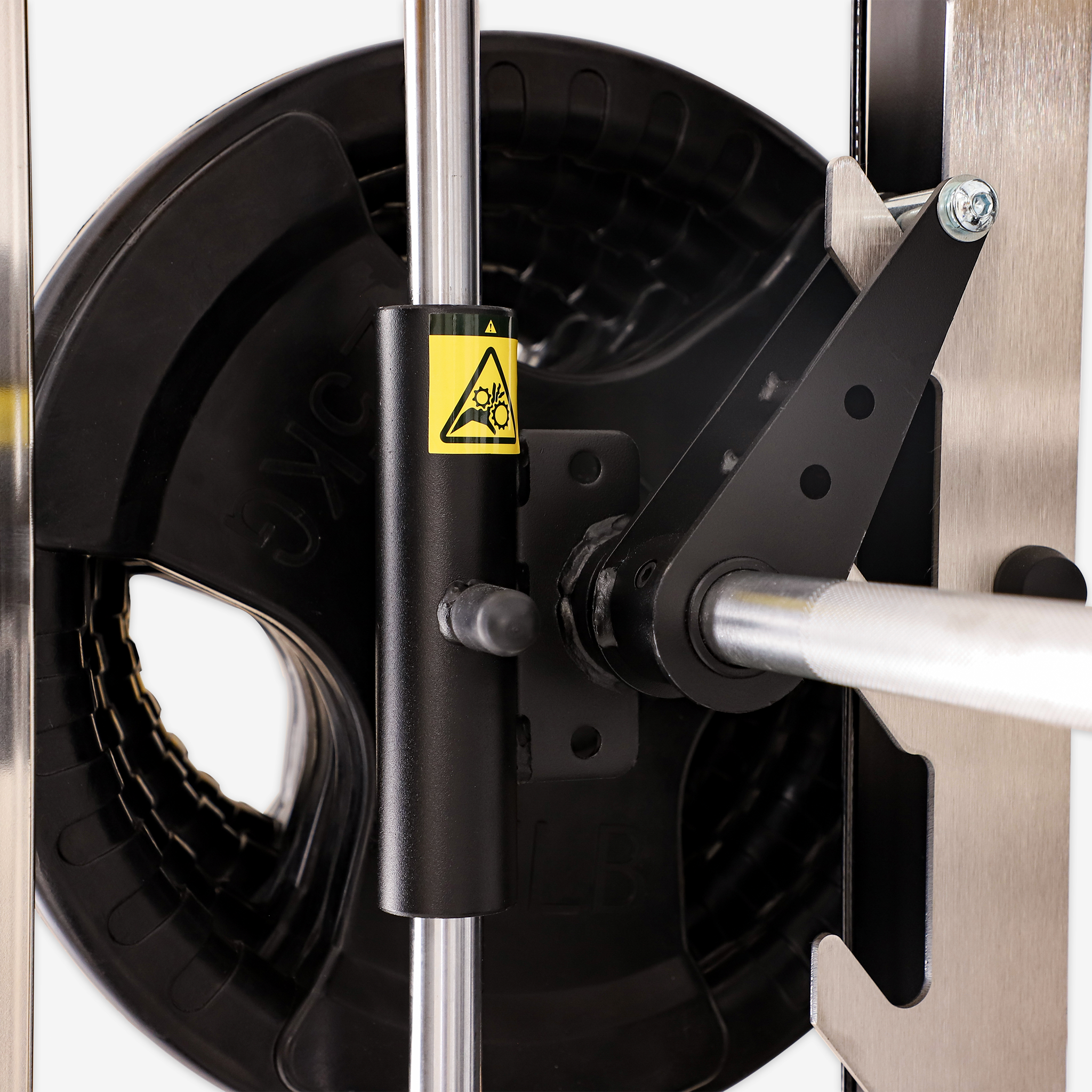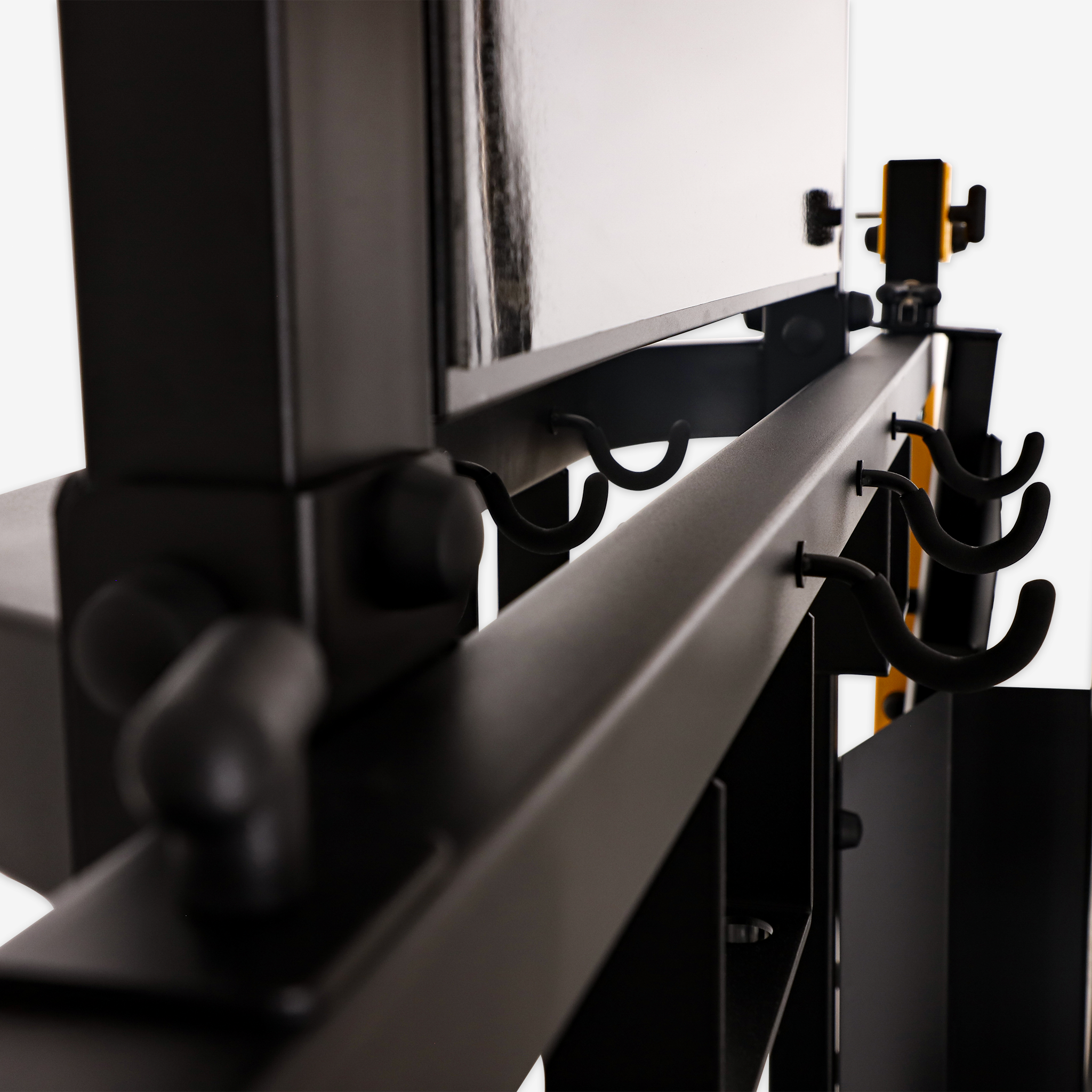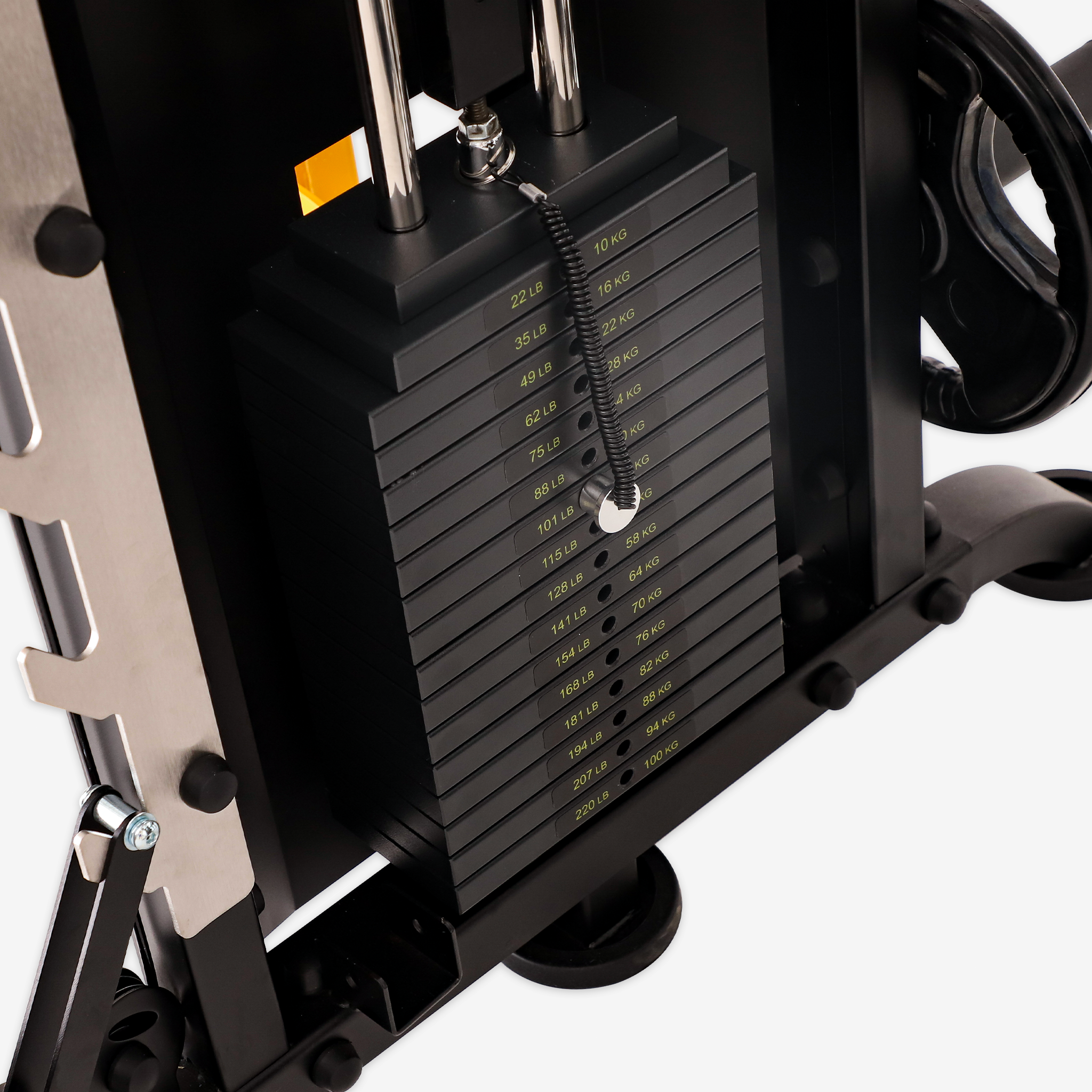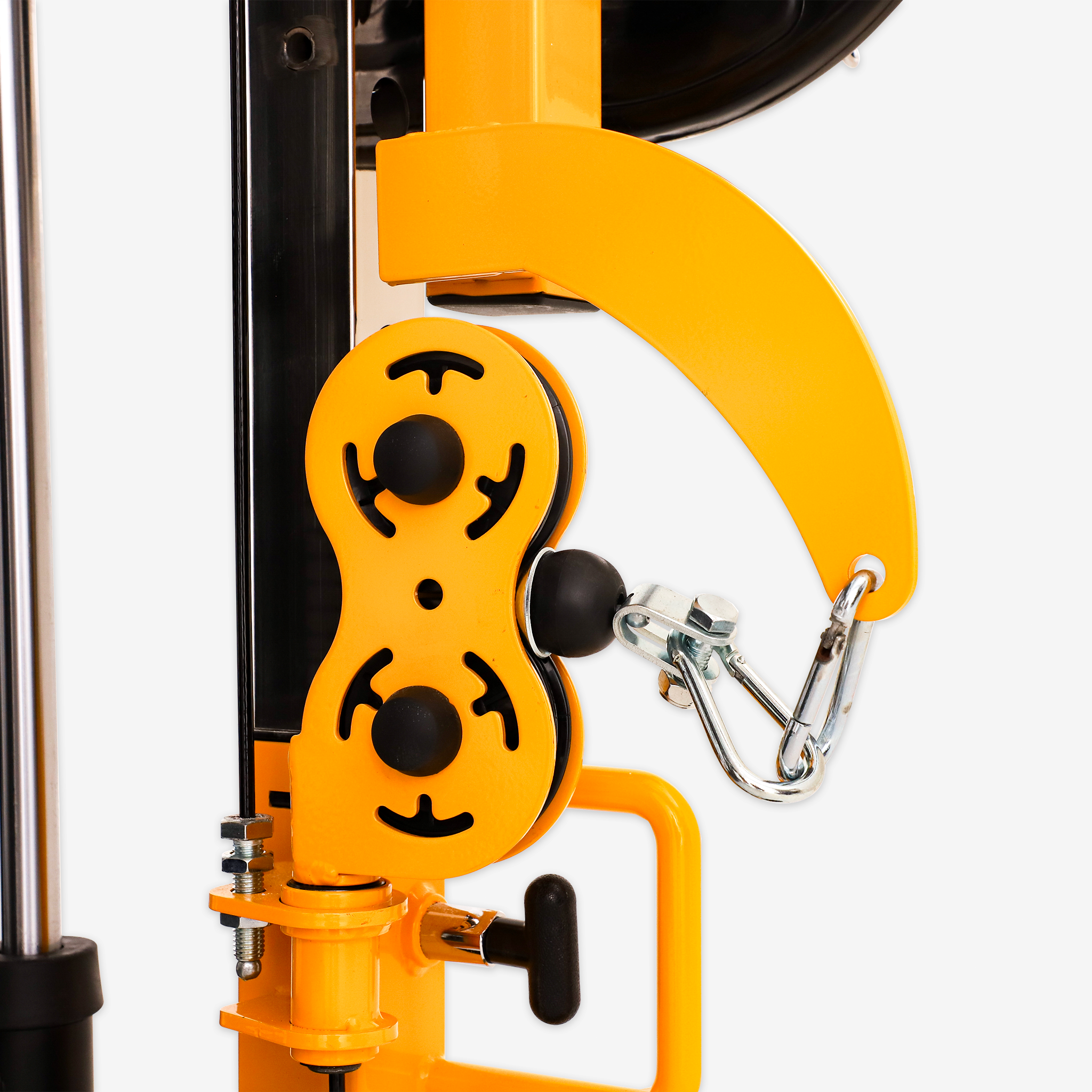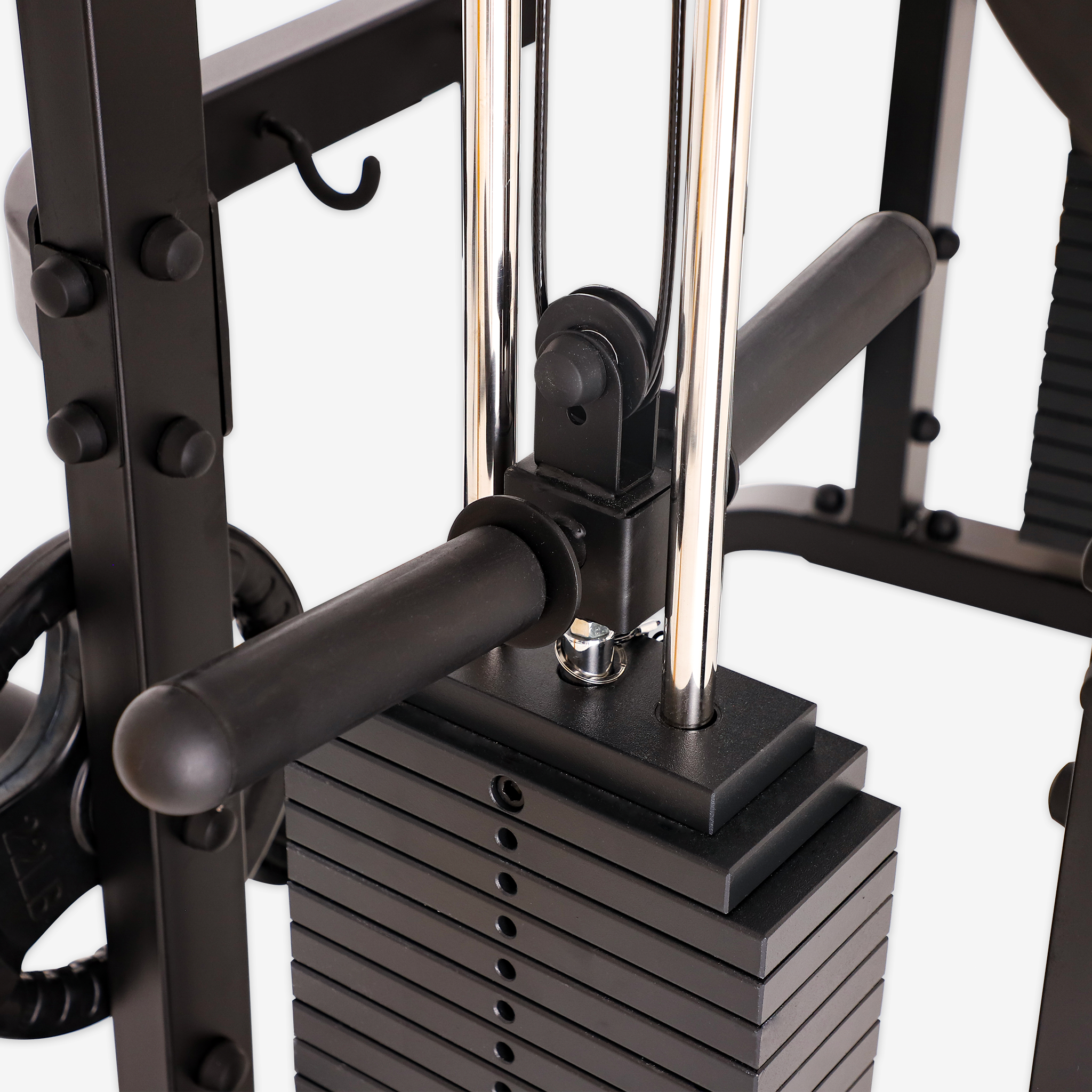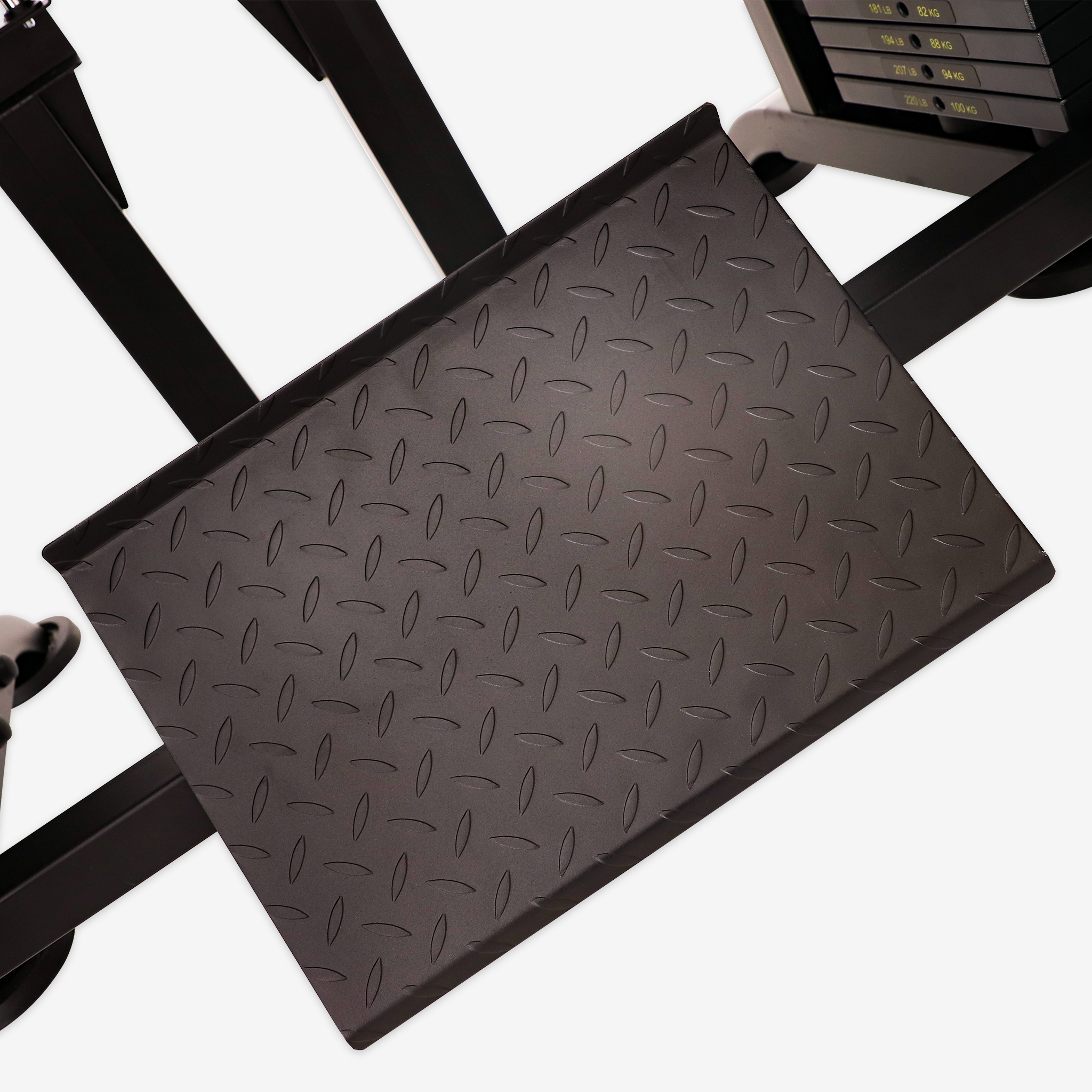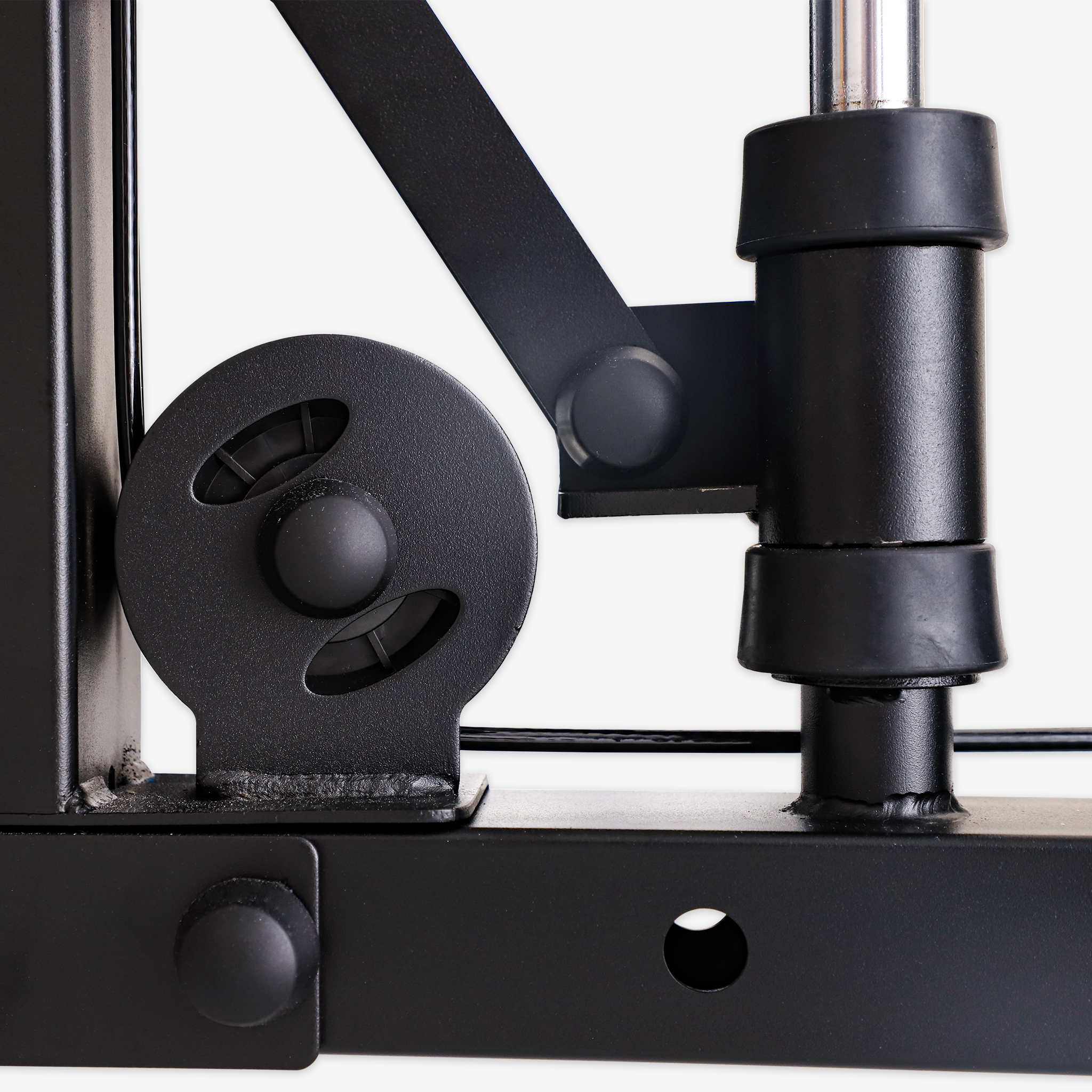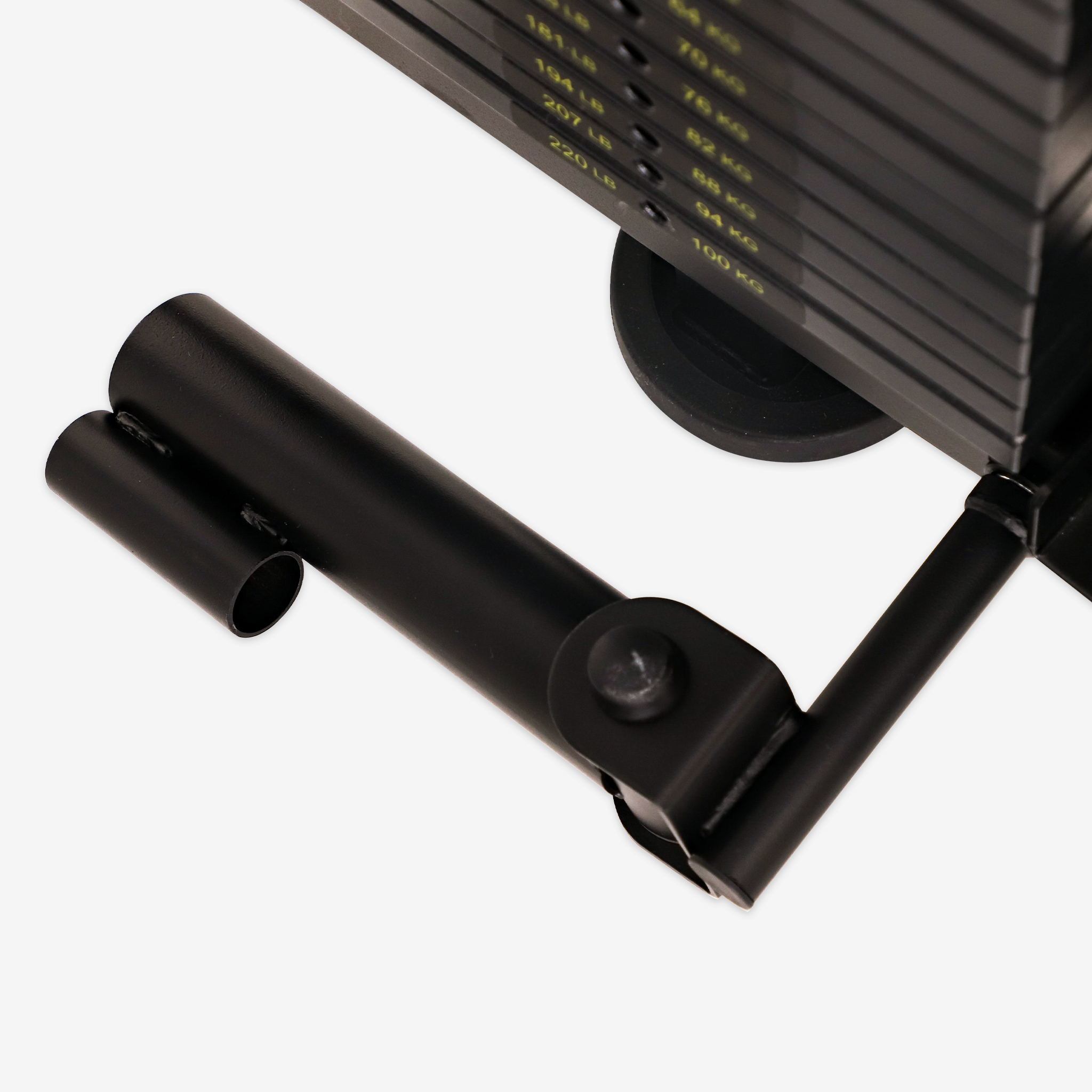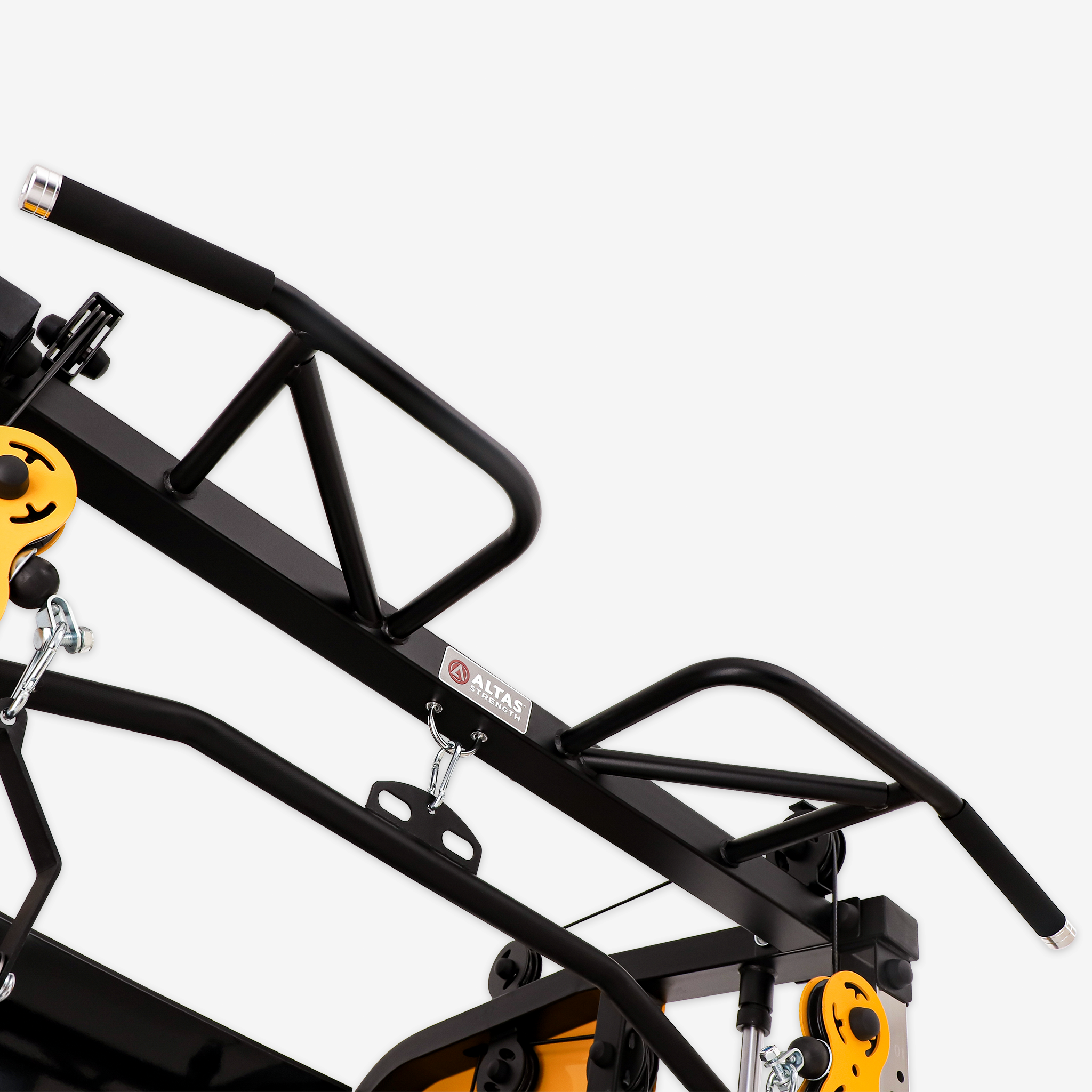Build stronger, more defined quads with a compact, purpose-built machine that supports safe form and consistent progress at home or in the gym.
What Is a Sissy Squat Machine?
A sissy squat machine is a specialized lower-body trainer designed to emphasize the quadriceps while supporting posture and balance. By locking in your lower legs and keeping your torso aligned, it reduces excessive involvement of the hamstrings and glutes—making the front of the thighs do most of the work. Many users also notice improvements in core engagement and lower-back stability thanks to the controlled body path.
Key Benefits
- Quad isolation: Greater emphasis on the rectus femoris and vastii compared to free-weight squats.
- Better balance & posture: Ankle/foot locks and calf pads support alignment and reduce wobble.
- Progress for all levels: Adjustable pads and angles suit beginners through advanced lifters.
- Compact footprint: Ideal for home gyms where space is limited.
- Technique consistency: Guided setup encourages repeatable form and safer progression.
Who Should Use It?
The sissy squat machine suits lifters who want to prioritize quad development, athletes rehabbing imbalances under professional guidance, and home-gym owners seeking a compact leg tool. It also complements programs that already include squats and deadlifts by adding targeted quad volume without heavy spinal loading.
How to Use a Sissy Squat Machine (Form Tips)
- Set the pads: Adjust foot plate, ankle lock, and calf pad so your lower legs feel secure without pinching.
- Brace: Keep ribs down, core tight, and a neutral spine. Think “chest tall, hips under.”
- Descend under control: Let knees travel forward as you lean back slightly, keeping heels planted.
- Depth: Aim for a comfortable range with tension on the quads—no joint pain.
- Drive up: Press through mid-foot to return, maintaining alignment (don’t fold at the hips).
Safety notes: Start with bodyweight only. Progress reps before adding load (e.g., a plate or vest). Stop if you feel knee pain; mild quad burn is normal, joint pain is not. Seek a coach’s guidance if you’re unsure about setup or have a history of knee issues.
What to Look For When Buying
- Adjustability: Multiple foot/ankle/calf settings for different limb lengths.
- Stability & weight rating: A solid frame with anti-tip design keeps you confident as you progress.
- Comfort: Dense, supportive padding and secure straps/locks.
- Footprint & storage: Foldable or compact designs fit small spaces; transport wheels help.
- Extras: Multi-function platforms (e.g., for sit-ups or hyperextensions) increase versatility.
Ready to compare options? Explore the Altas Strength sissy squat machine and home gym lineup for commercial-grade builds suitable for both studios and home setups.
Programming & Training Recommendations
For hypertrophy, perform 3–4 sets of 8–15 reps, resting 60–90 seconds. Pair with compound lifts like back squats or leg presses on lower-body days. Beginners can start with 2–3 sets of 6–10 reps, focusing on slow, controlled eccentrics (3–4 seconds down). Rotate tempos and ranges of motion to avoid plateaus.
FAQ
Is a sissy squat machine safe for knees?
When set up correctly and progressed gradually, it targets the quads without excessive joint stress. Discomfort at the front of the thighs is expected; joint pain is a stop sign.
How does it compare to leg extensions?
Both emphasize the quads. Machines like leg extensions isolate the knee joint, while sissy squats train knee travel and torso position more functionally with full kinetic-chain involvement.
Can I load it?
Yes—once you own your form, add a weight plate, dumbbell, or vest while maintaining control.
Build Stronger Quads—Even in Small Spaces
If you want a compact, adjustable, and stable setup for targeted quad work, check out the Altas Strength collection.

